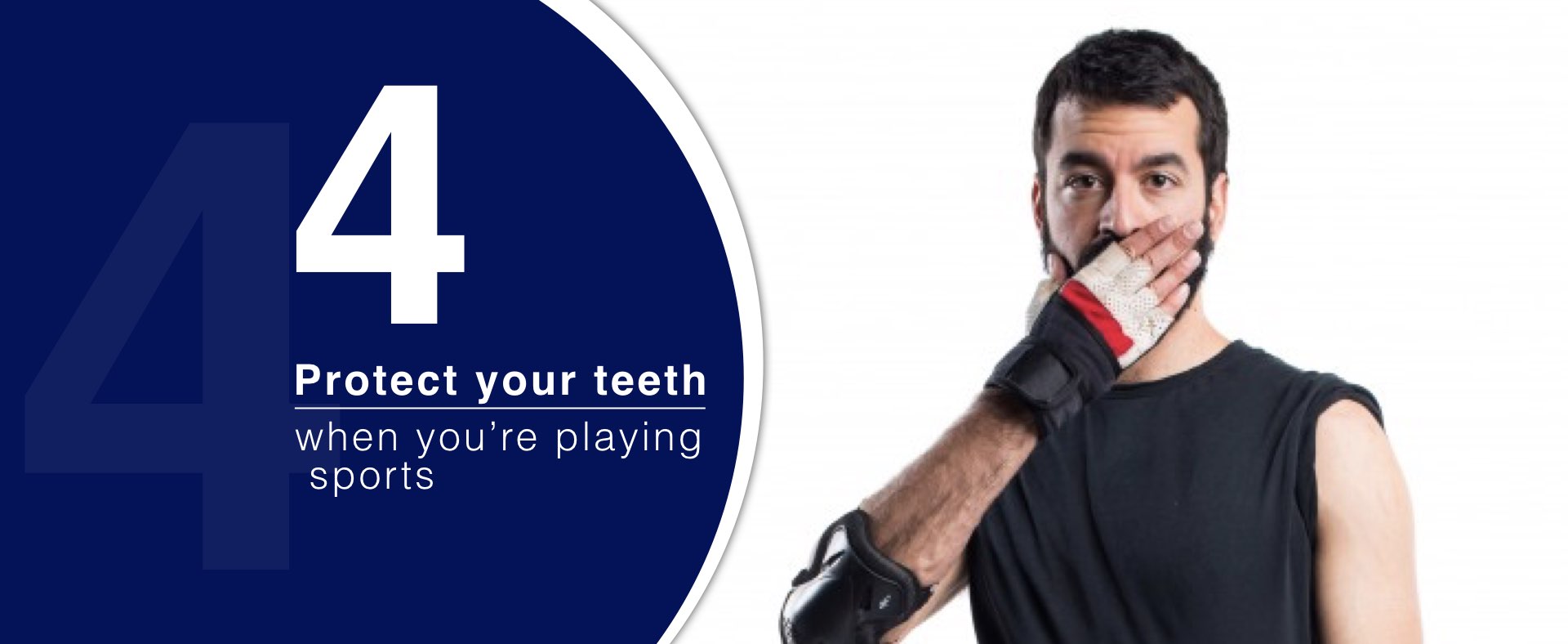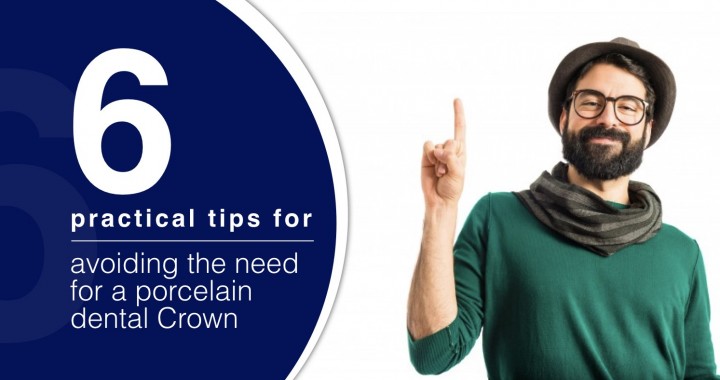1.- Use dental floss.
We all think our teeth are clean after we’ve brushed our teeth and/or have used mouthwash. However, a great variety of dental lesions actually appear in interproximal spaces (the gaps between one tooth and another), and these areas can only be cleaned with dental floss. 
2. Protect yourself against bruxism.
The unconscious clenching and grinding of teeth, especially when you sleep, is known as bruxism, and it is one of the main causes of the wearing-down and fracturing of teeth. If you notice wearing down or fractures in your teeth that are appearing after short periods of time, the first thing to do is to check and see if bruxism may be the source of the trouble. The forces exerted by bruxism are above 200 or 300 pounds, which is more than enough strength to break a tooth.
3. Avoid excessively hard foods or dietary habits that take a toll on your teeth.
Of course, your teeth are prepared (as are your dental restorations) to cope with hard foods—but avoid pushing things to the limit. Biting into hard candies, chewing on popcorn seeds, biting ice, and so on, can take a real toll on your teeth. 
4.- Protect your teeth when you’re playing sports.
You don’t have to be a boxer to protect your teeth. There are innumerable ways of breaking a tooth while practicing or playing sports. Using a mouth guard for sports will help you avoid more serious problems further on.
5.- Not every aesthetic dental treatment can or should be solved with porcelain crowns.
Undoubtedly, porcelain crowns offer very good aesthetic outcomes, and can even transform a smile, but there are many cases where restorations that use more conservative means, such as porcelain veneers or porcelain incrustations, can lead to results that are just as aesthetically pleasing.
6.- Prevención. Going to the dentist doesn’t always imply pain. Periodic visits (every 6 to 8 months) for routine checkups gives the dentist enough time to detect small dental problems that can turn into larger ones. Deterioration of teeth happens over the course of months (not over a course of years). In EVERY situation where it becomes necessary to place a crown (with the exceptions of accidents and direct hits to a tooth), the problem could have been resolved with a small dental restoration if it had been treated earlier.





